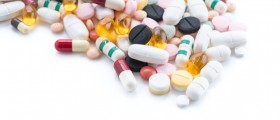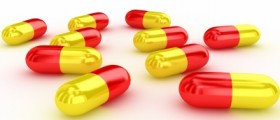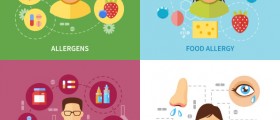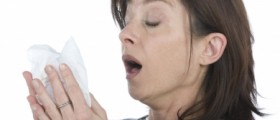
Drug allergies
The most common allergic reactions occur as a result of the taking of penicillin and other types of antibiotics. There are other common reactions that occur with regard to drugs such as anticonvulsants, sulfa drugs, insulin preparations, and iodinated x-ray contrast dyes. It is important to also note that most side effects of drugs do not occur as a result of allergic reactions. True drug allergies are often confused with simple side effects of medications. One such example of this is the fact that Aspirin intake can lead to the onset of non allergic hives, or even asthma. Thus, it is very important to distinguish between the two, as true drug allergies can even be life threatening.
Most common side effects of medications
Most side effects of drugs are not due to an allergic reaction. For example, Aspirin can cause nonallergic hives or trigger asthma. Some drug reactions are considered "idiosyncratic." This means the reaction is an unusual effect of the medication, not due to a predictable chemical effect of the drug. Many people confuse an uncomfortable, but not serious, side effect of a medicine (such as nausea) with a true drug allergy, which can be life threatening.Symptoms of true drug allergies include anaphylaxis, hives, skin or eye itches, skin rashes, facial swelling, and wheezing. It is particularly important to identify anaphylaxis, which can lead to abdominal pain, cramping, confusion, diarrhea, dizziness, light headedness, fainting, hives, nausea, vomiting, heart palpitations, and rapid pulse rate.
Treatment aims to relieve symptoms and prevent the reaction from becoming more severe. Antihistamines, bronchodilators, corticosteroids, and epinephrine are some of the medications that are often used in order to treat an allergic reaction to a drug. Needless to say, usage of the offending drug should also be ceased as soon as possible.

















Your thoughts on this
Loading...